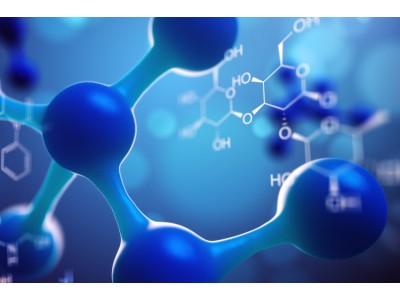| Bioactivity | Bethanechol chloride (Carbamyl-β-methylcholine chloride), a parasympathomimetic agent, is a mAChR agonist that exerts its effects via directly stimulating the mAChR (M1, M2, M3, M4, and M5) of the parasympathetic nervous system[1]. |
| Target | mAChR |
| Invitro | Bethanechol chloride (0.3-300 μM) significantly reduces ileal pacemaker potentials[2]. |
| In Vivo | Bethanechol (2-12 mg/kg; i.p.) induces drinking and increases urine output of rats in a dose-dependent fashion[4]. Animal Model: |
| Name | Bethanechol chloride |
| CAS | 590-63-6 |
| Formula | C7H17ClN2O2 |
| Molar Mass | 196.68 |
| Appearance | Solid |
| Transport | Room temperature in continental US; may vary elsewhere. |
| Storage | 4°C, sealed storage, away from moisture *In solvent : -80°C, 6 months; -20°C, 1 month (sealed storage, away from moisture) |
| Reference | [1]. Inderbir S. Padda, et al. Bethanechol. Treasure Island (FL): StatPearls Publishing; 2020 Jan-. [2]. Julia Yuen Hang Liu, et al. Acetylcholine exerts inhibitory and excitatory actions on mouse ileal pacemaker activity: role of muscarinic versus nicotinic receptors. Am J Physiol Gastrointest Liver Physiol. 2020 Jul 1;319(1):G97-G107. [3]. M J Fregly, et al. Bethanechol-induced water intake in rats: possible mechanisms of induction. Pharmacol Biochem Behav. 1982 Oct;17(4):727-32. |

Bethanechol chloride
CAS: 590-63-6 F: C7H17ClN2O2 W: 196.68
Bethanechol chloride (Carbamyl-β-methylcholine chloride), a parasympathomimetic agent, is a mAChR agonist that exerts i
Sales Email:peptidedb@qq.com
This product is for research use only, not for human use. We do not sell to patients.